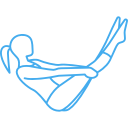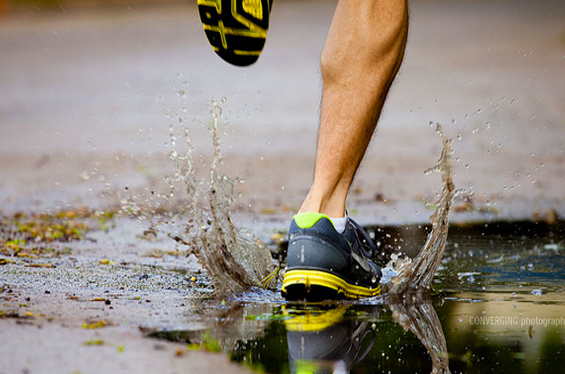Here is a list of the common injuries and conditions we treat. We are adding content for each injury over time and you can see our blog page for information on how we treat other conditions. Feel free to reach out if you have any questions, prior to booking your assessment.
- Running – Biomechanical faults and Pain
- Achilles Strains and Ruptures
- Ankle Sprain rehabilitation
- Plantar Fasciitis and Foot Strengthening
- Hip Pain
- Lower Back Sprains
- Neck Pain
- Whiplash
- Nerves Injuries – Sciatica
- Nerve Injuries – Pinched Nerves
- Shoulder – instability- dislocation
- Shoulder – Rotator Cuff Tears
- Elbow -Tennis Elbow
- Thumb – De-Quervains

I will start this off by clarifying that there are no conclusive studies proving that a specific type of shoe will reduce certain injuries to the lower leg. The bottom line is that it comes down to a decision-making process based on the type of runner you are, your past injury history, and current injuries you have now.
There are also no studies that say if you have a tendency to pronate a lot, you should wear a particular shoe type. Some of the larger running shoe companies recommend a shoe type based on normal pronation, excessive pronation and severe pronation. They suggest that normal pronators would be advised to have a neutral shoe. Excessive pronators are advised to have a stability shoe and severe pronators prescribed a motion control shoe. The more you pronate, the further the shoes move up in the stiffness category.

Clinical Reasoning
Although there is not much research to support this approach, it is best to use clinical reasoning. The research only partially helps us. Clinical reasoning includes evaluating the mechanics of the shoe and also your own running mechanics. This way, you are using your individual andshoe mechanics as well as your injury history to arrive at the best shoe choice.
There has been one study that included participants in the military. They were given a choice of five different insoles. They had to base their choice on ‘comfort’ only. The test group (with insoles) had 53% less injuries than the control group.
I mention this study because, in the absence of clear science, each person selected a shoe based on comfort. This is a nice, simple idea, as the comfort factor takes into account individual mechanics and injuries. If it feels better and reduces your injury and symptoms, it takes a lot of the technicalities out of the process.
The Minimalist Shoes
A study by researchers at Laval University in 2015 devised a minimalist index. This gives a shoe a rating of minimalism based on weight, flexibility, heel to toe drop, stack height and motion control. The closer to 100 the more minimal the shoe. Maximalist shoes score between zero and 50. Theseare generally bulkier with thicker heels and more motion control. There is now a convenient database where the score for each shoe model has been calculated.
The decision process of selecting a shoe, based on this minimalist index, is complex. It is based on running experience, level of training, and current or recent injuries. The reason for this index came out of the theory that wearing a minimalist shoe was more efficient and reduced running injuries. It is believed that the technologies of the running shoes including stability, motion control, and cushioning actually increase the risk of injury, as they interfere with the normal mechanics of the foot and running gait.
These technologies have not reduced the number of running injuries, hence the move towards more minimalist shoes. However, there are no studies that suggest selecting shoes based on a minimalist index either improves running mechanics or reduces injury.
However, this index is useful as it tells us more about the shoe properties and if it is minimal or maximal. The minimalist index is helpful when deciding on a shoe, but should be used in conjunction with a thorough running assessment.
The Bottom Line
In conclusion, there are lots of tools available to help us decide on an ideal running shoe for you. However, this should be balanced with an assessment of your running gait, strength and flexibility, muscle imbalances, running volume, and your recent and past injury patterns.
We can make the decision a lot easer for you by utilizing this decision-making process.
The best thing patients can do is to try out the shoe in the store on a treadmill. Even better, step outside if permitted and see how it feels. This is a good start to the process of choosing a running shoe. Afterwards, we suggest coming in for a running assessment.
If you have any questions about running shoes or need a running assessment, contact us at Pilates4Physio. Call 647 499 6685 or book online today.
